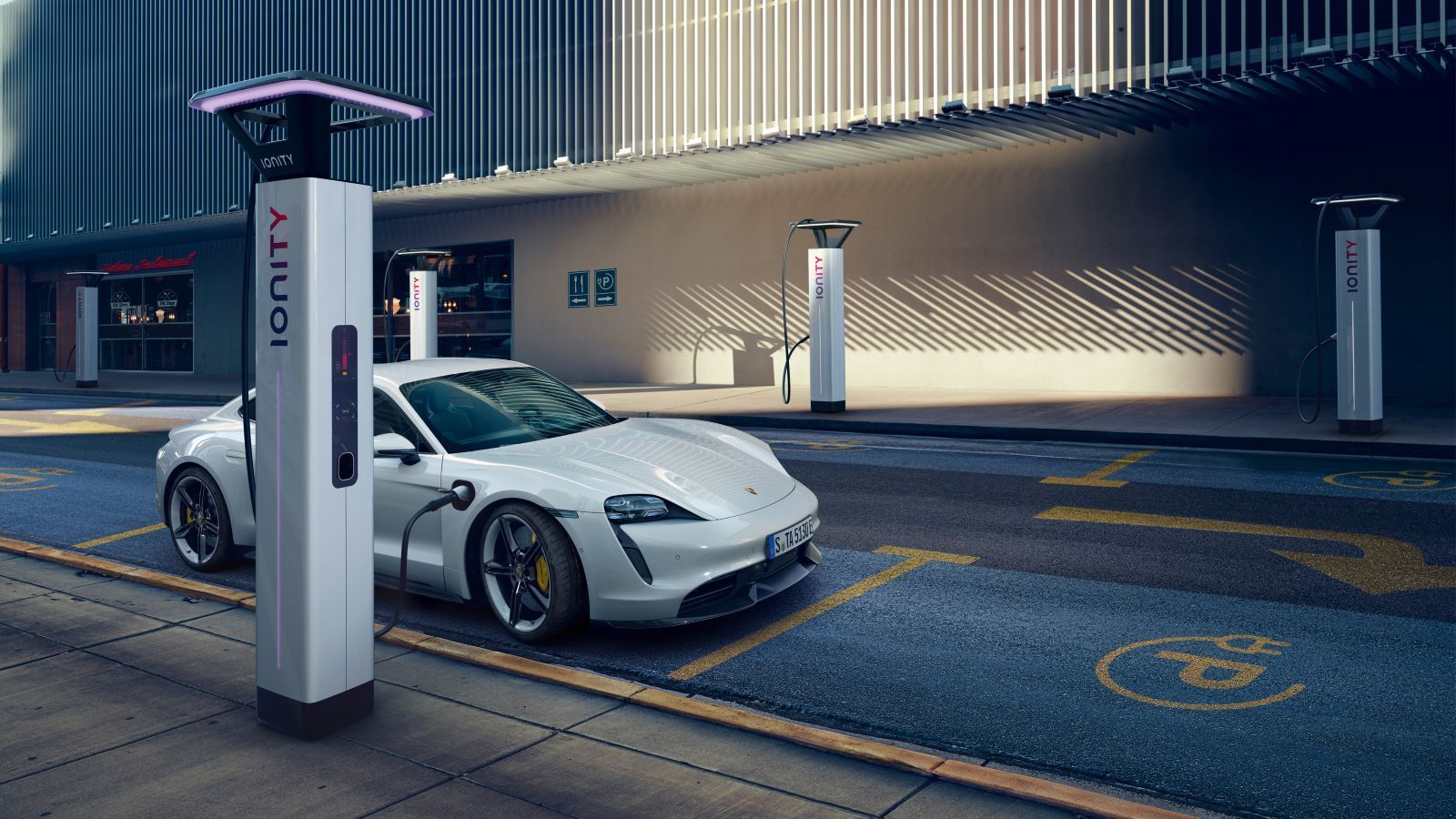Taycan Surprisingly Trounces Tesla Model Y In Real-Life Range Test
Those disappointed by the Taycan 4S's 203 miles of range might be surprised by its real-world results.














Numbers Aren't Everything
While Porsch's first all-electric production vehicle - the Taycan - has been selling like hotcakes, it does have one major drawback - a factory-rated range of just 203 miles for the 4S model, which is far below average compared to other EVs on the market today. However, a recent test from Edmunds shows that we can't always rely on EPA ratings, whether it be miles-per-gallon or miles-per-charge.
Photo: Porsche
Interesting Results
Edmunds decided to pit the Taycan 4S against the Tesla Model Y Performance in a real-world range test to see how these EVs do under normal driving conditions. And the results were undoubtedly surprising. The Taycan managed to go a whopping 323 miles on a full charge, while the Model Y, which has a 303-mile range (291 at the time of the test), only went 253 miles before it needed a charge.
Photo: Tesla
Consumption
The Taycan presented an energy consumption of 32.3 kilowatt-hours of electricity used every 100 miles of driving, versus the EPA's 49 kWh/100 miles, while the Model Y Performance consumed 28.4 kWh per 100 miles compared to the EPA's rating of 28 kWh/100 miles, which is pretty close.
Photo: Porsche
Different Strokes
So how did Edmunds manage to extract so much more mileage from the Taycan? Well, it all comes down to testing methods. The EPA uses five different test cycles that simulate routes and determine how efficiently an EV will operate in different conditions. However, the organization only requires automakers to use two of them.
Photo: Tesla
Two Tests
And that's exactly the route Porsche took - the two-cycle test, which requires less prep time and cost than the five-cycle test, yet automatically reduces the potential range by 30%. Meanwhile, Tesla chooses to spend the extra time and money to do the five-cycle test, mainly because it's an EV maker, and range ratings are more critical to them.
Photo: Porsche
Other Factors
The Taycan also has a Range mode that makes it more efficient, however, the EPA doesn't employ that mode in its testing. Plus, the Taycan has a less aggressive regen braking mode than the Model Y by default, which allows the driver to coast rather than come to an abrupt stop, though this can be changed in the Tesla's settings. And there's one more big factor worth mentioning, too.
Photo: Tesla
Results May Vary
And that is the fact that Edmunds didn't charge the Tesla to 100%. It only went up to 90%, which means there were another roughly 25 miles of range available. They did this because Tesla recommends not going above a 90% charge to preserve the battery unless you're taking a road trip, while the Taycan can go to 100% thanks to more built-in restrictions. Regardless, these results are still impressive for the Taycan and show that when it comes to EV range, your results will definitely vary.
Photo: Porsche
For help with maintenance and repair projects, please visit our how-to section of this forum.
